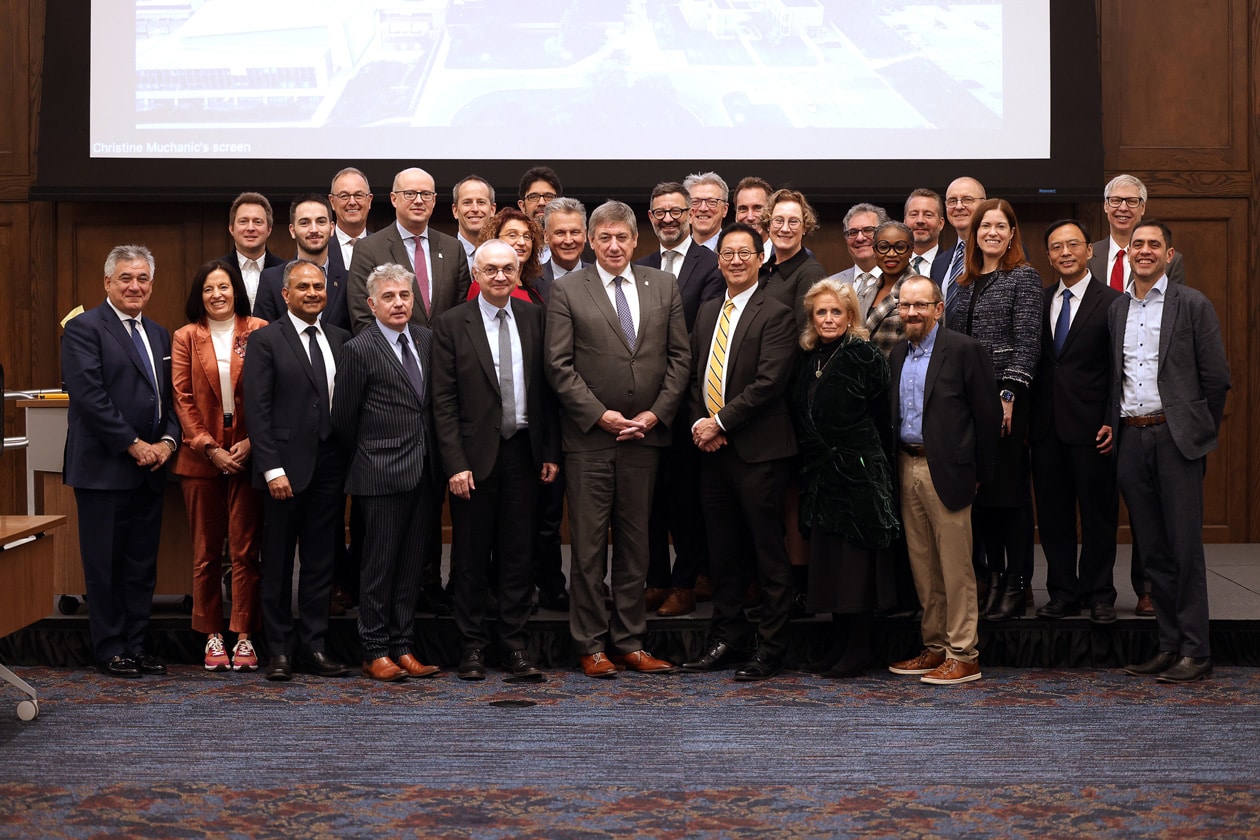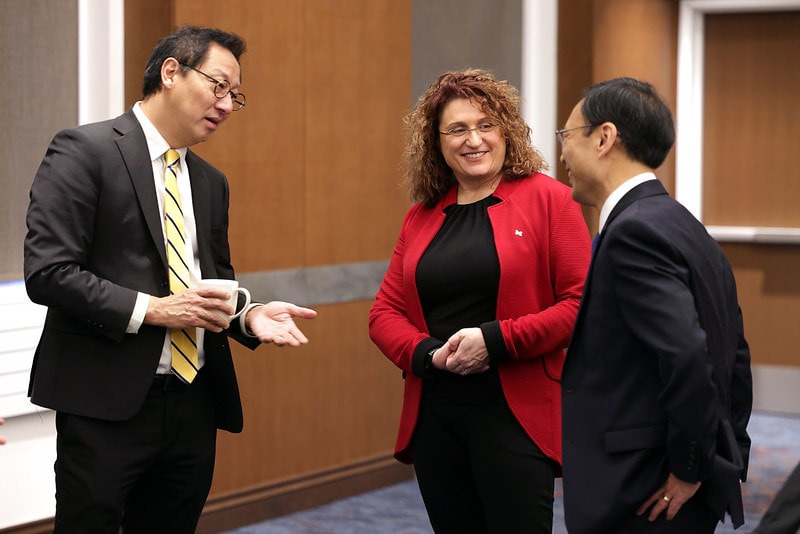
Automotive semiconductor effort builds momentum
‘The innovation needs of the auto industry present a new set of opportunities for the semiconductor community.’

‘The innovation needs of the auto industry present a new set of opportunities for the semiconductor community.’
In a step that will enable University of Michigan researchers to closely collaborate with one of the world’s largest semiconductor research institutes, Belgium-based imec has announced plans to establish a local presence in Ann Arbor.
This represents continued momentum for a broad, Michigan-based effort to lead the development of semiconductors for the auto sector.
Imec announced the plan as part of a broader U.S. expansion late last week, in conjunction with a visit to the Midwest and U-M along with Flemish Minister-President Jan Jambon.
Imec’s Michigan presence will be designed to help propel the Michigan Semiconductor Talent and Automotive Research (M-STAR) initiative, led by a founding consortium that includes U-M, semiconductor company KLA, imec, the Michigan Economic Development Corporation, Washtenaw Community College and General Motors. M-STAR is part of a broader memorandum of understanding announced in May.
In November, the Michigan legislature approved $10 million to assist in moving M-STAR forward.
“The University of Michigan’s collaboration with imec brings the automotive and semiconductor industries together at an important time and place. To fulfill the most revolutionary promises of advanced mobility, we need to develop more reliable, energy efficient and powerful semiconductor solutions that are tailored for tomorrow’s transportation,” said Santa Ono, University of Michigan President.
“We’re grateful to imec for catalyzing this effort and excited to lend our decades of research and educational expertise to moving it forward.”

For nearly 50 years, automakers have been increasingly embracing electronics to improve vehicle performance, efficiency, safety, comfort and convenience. Mass-market semiconductors have gotten the jobs done—as long as they were available. The global chip shortage illuminated not only the demands of today, but also critical needs on the horizon for specialty semiconductors to enable next-generation autonomous, connected and electric mobility technology.
Essentially, the automotive industry of tomorrow needs high performance computing platforms that can operate in vehicles. They need ultra efficient, fast chips that are capable of running on a battery and processing a vast volume and velocity of data from dozens or even hundreds of sensors in real time. To enable self-driving decisions and support true autonomy, next-gen architectures and algorithms must be able to seamlessly sense and compute not only on the fly, but on the vehicle rather than in the cloud. Effective vehicle-to-vehicle and vehicle-to-everything (or V2X) connectivity requires rapid communication and robust data protection to maintain security and privacy. And modular “chiplet” systems could offer customization, but with enough flexibility to avoid supply chain kinks.

“The innovation needs of the automotive industry present a completely new set of opportunities for the semiconductor community. After smartphones and wearables, automotive is positioned to become the next computing platform,” said Valeria Bertacco, the Mary Lou Dorf Collegiate Professor of Computer Science and Engineering at U-M and leader of the Michigan Advanced Vision for Education and Research in Integrated Circuits, or MAVERIC, collaborative.
“The auto industry needs advances such as high performance, extremely low power computation, and AI acceleration on board vehicles—comparable to running a data center on a battery. It needs devices and circuits that offer high reliability on a much longer time horizon than traditional systems, and can sustain extreme temperatures and high vibration. It’s clear that the automotive platform will drive innovation for the next decade, and provide opportunities for new industry players.”
Nicole Casal Moore
Communications & Public Engagement Director